(Tim Ventura) Extraordinary claims require extraordinary evidence, so after 60 years of hype, an engineer and a physicist teamed up to test the claims behind the Searl Effect Generator — and their results were surprising. We’re joined by Paul Murad, a senior technology analyst for the US Department of Defense (ret.), to discuss his experimental replication of a modified Searl Effect Generator in search of hard empirical evidence for gravity-modification & energy generation effects.
by Tim Ventura, February 29th, 202o
Paul, I’d like to start out by asking you about the “Morningstar Energy Box” that you developed with Dr. John Brandenburg, which I understand is a modified version of the rotating roller & ring design used in the Searl Effect Generator. Can you describe it for us?
We started out by looking at what John Searl was doing, as well as Roschin and Godin in Russia, and we tried to make some improvements to both of their designs — and we ended up changing them enough that we really created a third variant on the SEG that we called the “Morningstar Energy Box”.
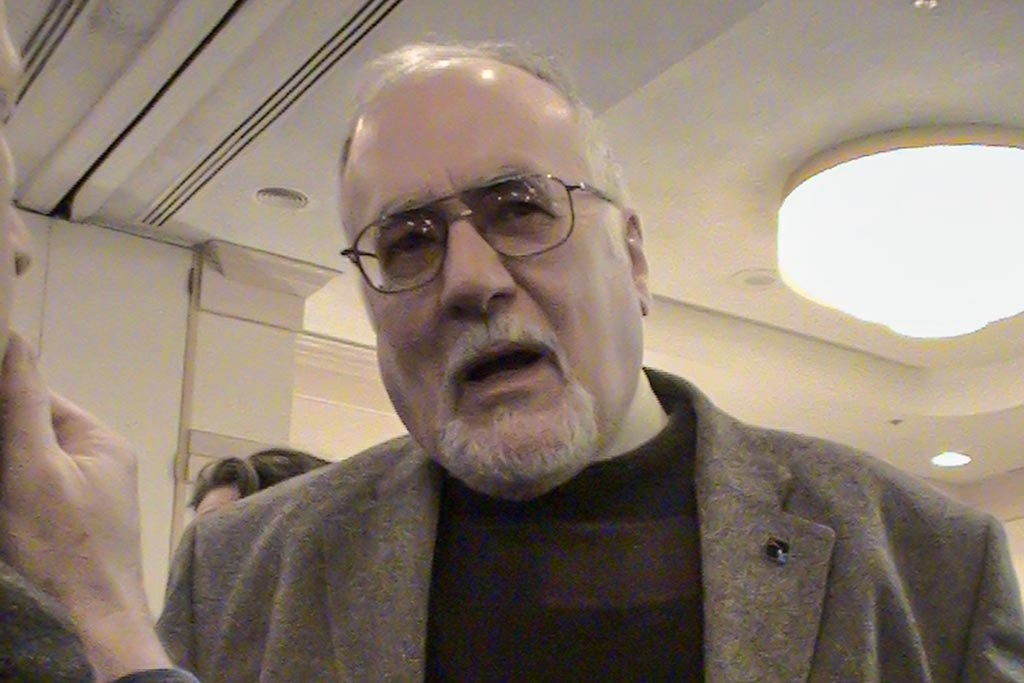
Here’s an example: Searl used both a laminated ring and laminated rollers. By laminated, I mean he’s using layers of copper, aluminum and magnets. Roschin & Godin did the same, except they didn’t use concentric laminated structures in the rollers — they used slabs instead, inside a mechanical cage that held the rollers in alignment around the ring.
So in our case, we opted to use a carousel similar to Roschin & Godin’s device, but we used rollers like Searl had, and when it came time to do the ring, we didn’t use magnets at all. Instead, we used a ferromagnetic fluid inside of it that generated some very unusual effects.
Well, as the former Section-F Chairman at the ISNPS STAIF conference, you’ve seen a lot of concepts proposed for modifying gravity, so I’m wondering what led you down this path in terms of your design?
I ran Section-F for about five years, with Tony Robertson as my co-chairman. During that time, I’d been reviewing Searl’s design & claims, as well as carefully reviewing what Roschin & Godin had written about. This was just my own research to satisfy my curiosity about the rumors I’d been hearing.
When it comes to your question about the other ideas at those conferences, from an experimental perspective most of what we had was related to Woodward’s work using Mach’s principle, along with plenty of theoretical papers on ideas related to the Alcubierre drive — everything was already being tested by other people, or just too difficult to attempt on my own.

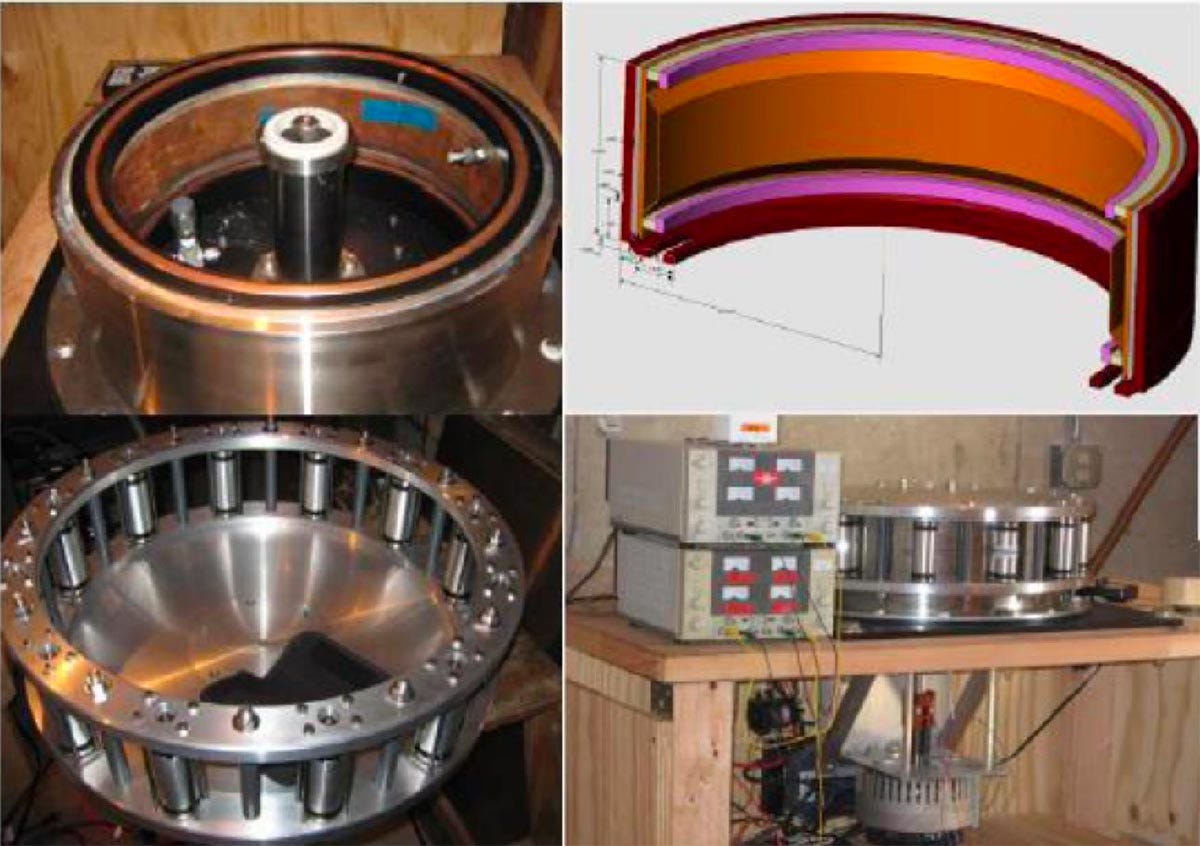
So that kind of led you down the path towards the Searl Effect Generator in general terms, then. However, I understand you were more drawn to Godin & Vladimir experimental design than Searl’s, right?
Yeah. Now, keep in mind that Searl made a lot of claims, including that he built complete vehicles, and there was evidence that people saw him do this. However, I’ve never seen any of these people ever step forward to say, “yes, I was there and I saw it work”. So there’s a big question of credibility there.
For example, there’s a story going around that Searl built an SEG to produce electricity, and then cut off his electricity from the local utility. Supposedly, the utility said, “Hey, you must be stealing our electricity somehow,” and he ended up in court and then in jail for a couple of years for it. Now supposedly, while he was in jail, something happened with his wife, and all of his designs were destroyed.
So let me ask you, how much are you willing to spend based on a story like that — because building one of these devices is a very costly proposition. Just the rollers for an SEG cost over $1,000 apiece. Now for my device, I was very fortunate to have an investor who was willing to invest several hundred thousand dollars into it — and when I talked to Ivan Kruglak, who helped put together sponsorship for Roschin & Godin, he indicated theirs cost over $1 million dollars. The design is complex, machining the components is difficult, and assembly is tricky. So I tended to rely on the Russian design because they appeared to be more credible & straightforward than Searl.
https://youtu.be/cmvEJ0qrY7Q
That being said, both Searl and the Russians claim that this device uses perpetual motion — that somehow, once these devices can operate by themselves. That in itself causes major credibility problems with engineers & physicists because perpetual motion violates the laws of thermodynamics.
So the question is how to approach the credibility gap. One solution is to say, “Hey, what they’re claiming is impossible, so these guys are frauds and we can ignore them.” But maybe there’s something we’re missing — something we’ve overlooked. It’s worth keeping an open mind when it comes to innovation, which includes looking at ideas from people like Searl and the Russians.
In any case, it puts us in an awkward situation because both Searl & the Russians made over-unity claims for these devices, and Roschin & Godin put those claims into a detailed scientific paper describing their experiments. Yes, it’s a long-shot, but the SEG has been something people have been talking about for a very long time, and we felt it was worth the effort to build one and see if they’ve found something that will change the conventional wisdom.
Well now in terms of “changing the conventional wisdom”, during your experiments you’ve written about seeing up to a 7% reduction in weight. Can you tell us a little bit about that?
The original goal of our experiment was to develop a magnetic motor, and what I was hoping for was to see an over-unity effect that I could use to turn the shaft of an external electrical generator, similar to Roschin & Godin’s experiment.
While we were testing our device, somebody suggested that we put it on a bathroom scale. After all, it’s basically an SEG, aren’t they supposed to fly? So we put it on four bathroom scales and started to run it —and the scales were vibrating like crazy. When you get the speed up to anywhere from 100 to 500 rpm, everything moves around and shakes, but you could tell that the average weight on each of these scales was changing. Now obviously bathroom scales aren’t very accurate, so we started using load cells instead, and carefully changing parameters to see if we could make the effect larger.
OK, so what do I mean by parameters? Well, there were at least 120 different options that we could have run. For example, we could use either 12 or 24 rollers, run it clockwise or counterclockwise, change the amount of ferromagnetic fluid in the ring, the voltage applied to the rollers, etc.
We must’ve explored about maybe only about 25 of these, before we ran out of funding to do further testing, but on some of these runs, we had a net loss in weight, while others produced a net gain. We ran all these tests in series, working carefully on each series for about a month, and overall we were able to repeatably generate a net reduction in weight of two to five pounds.

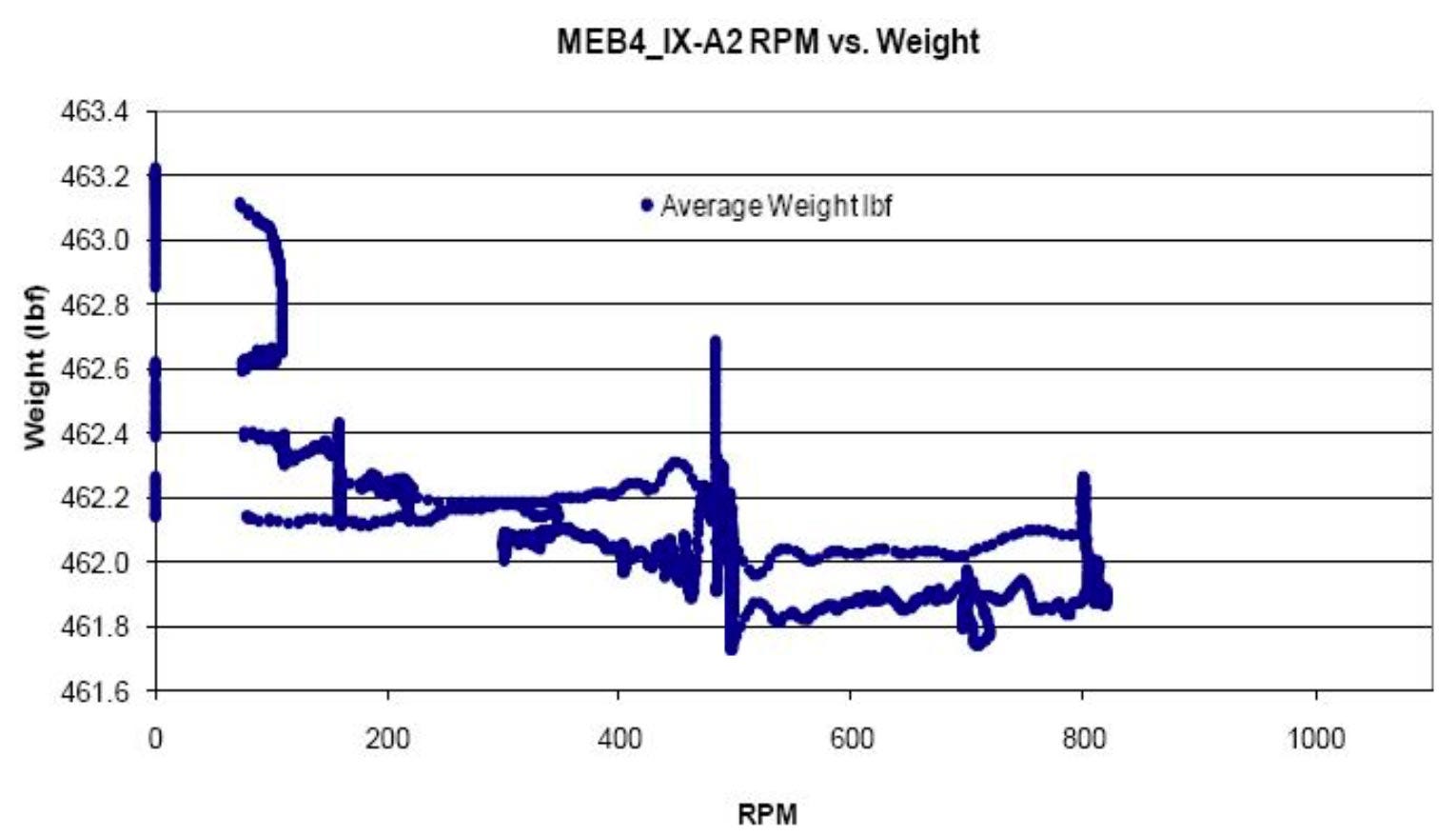
Now the overall device weighs 190 pounds, so you could argue that two to five pounds doesn’t mean anything — you’re only talking about a max change of around 2.5%, which may be within an acceptable error range, so to speak. As far as I was concerned at the time, it wasn’t a very real or exciting result.
During this time, we were disassembling the carousel from the ring after each test. Now Searl makes a big point about imprinting the magnetic field on the ring, so after the third series, instead of disassembling the system, we left it intact, with the rollers at certain locations at the ring.
So when we ran the fourth series, we had a different set of effects. We stopped seeing resonance at certain RPMs, around 200, 400 and 600 RPM, and when we finished the test, the system would slow down, stop and then move about 15 degrees in the other direction, whether clockwise or counterclockwise. So on that run, it’s in the paper, it shows the results that we essentially lost 7% of the weight at 190 pounds during steady state RPM, and when changing RPM, we had transient weight reductions as large as 20% — but those could have been due to noise effects. In any case, this shows that imprinting for these rings was exceptionally important in getting it to operate correctly.

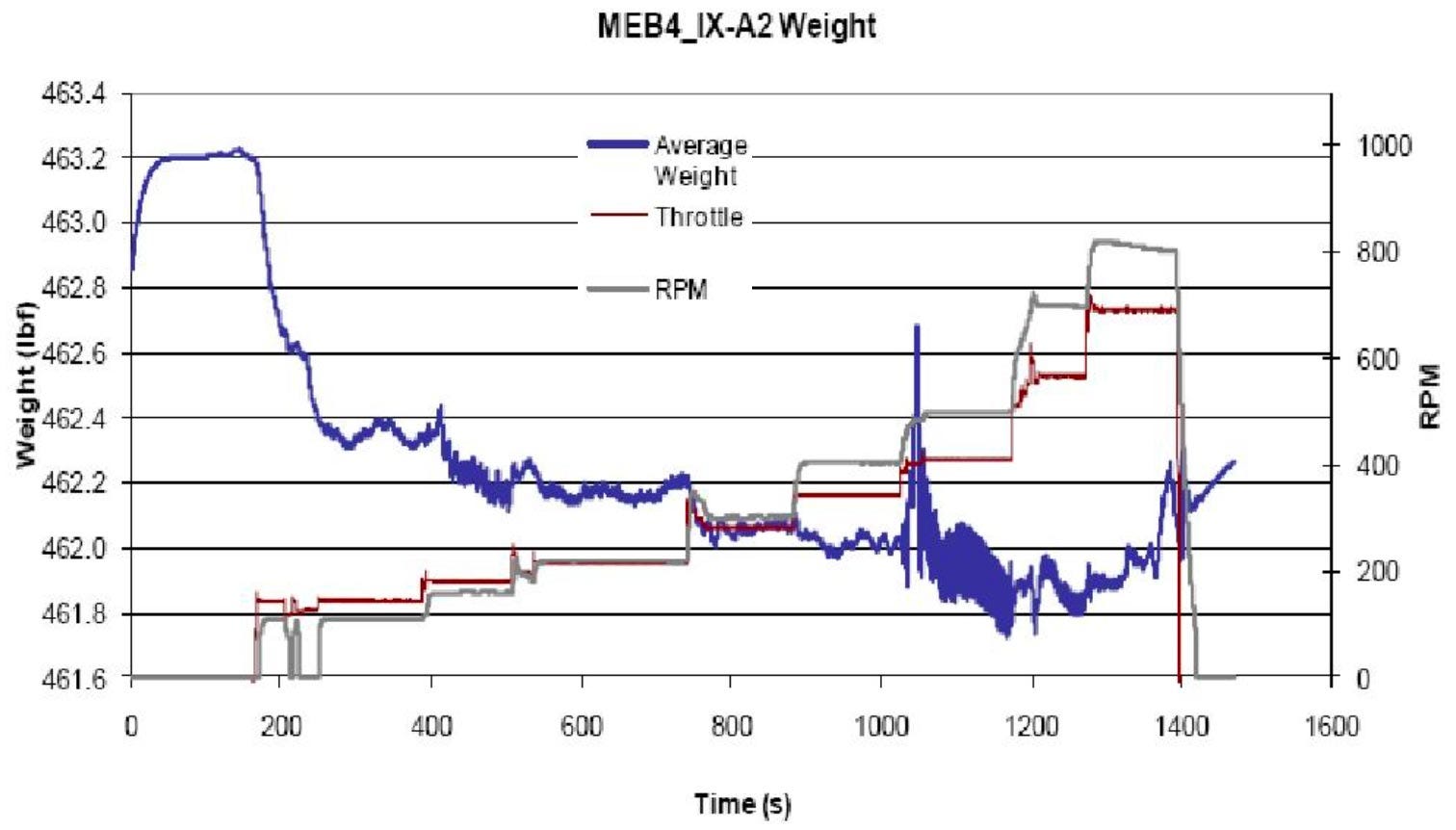
Let me ask you about applied power: you’ve written about applying a variety of voltages, from 120 volts up to over 1,000 — can you tell me a bit about this, and what kind of overall wattage was involved?
We didn’t look at wattage. We only looked at voltage, and I apologize for that. One of the things the Russians claim is that they put their rollers under 20,000 volts, but it wasn’t clear how they did this.
Now when when you look at the Searl rollers, there is a magnetic core, then a copper core, a dialectric material around it, and then an aluminum sleeve on top of that. Essentially what this does is generate a capacitance so that you have an electric charge on that roller that’s in a radial direction, along with a north-south magnetic field — which should generate a Poynting vector, which is we believe is the real reason the SEG is a motivator for generating thrust.


So anyhow, claimed they put 20,000 volts on their rollers, and they claimed did it using their slab design. I don’t quite understand, but that’s my problem. They tried very hard to be helpful, but they it weren’t easy to communicate with so I didn’t pursue it further. During our talks, though, they mentioned being concerned that we generated more weight loss with our device than they did — and yet we didn’t get continual motion, and they made a claim at one point that they were powering an electric generator from their SEG without feeding in any more energy into it and they did this around 20kv.
Now in our case, we started the voltage low, around 50 volts, and gradually raised it as we went. However, we found that the roller & ring spacing on our design was too small, which gave us short circuits at anything over 300 volts, but we found that this produced 7% weight loss despite the lower voltage.
Now you’ve published these results in a paper entitled The Morningstar Energy Box — an Unusual Electromagnetic Device. I’d like to ask whether that’s gone through peer review publication and if so, what has the feedback been from the scientific community?
Yeah, it was peer reviewed, but I don’t recall too many comments. I sent out the paper to a bunch of my people, including Sarfatti’s list and the Woodward group as well. I recall that one comment basically said that our results would only be believable if we’d used a certain type of load cells — so we checked, and it turns out that was the type we were using.
I want to give credit for that to Orbitech, the company that did the engineering on this. They work professionally with rocket engines: they know what weight is, and how much it costs.
I recall somebody else telling me that, “you should suspend the whole thing on a chain and weigh it from the ceiling”. Well, that may work in principle, but in practice when you spin this thing up to speed it’ll either rotate out of control or you’ll need to stabilize it with a rope to hold it in place — which changes what you’re measuring.
So ultimately, we tried to conduct this experiment honestly as we could, and tried to be as open as possible about everything. Also, as far as I’m concerned, the work that we did with Orbitech was right on. Those guys are top notch people — they’ve been around the block and I was very proud and very glad to work with Eric Rice and his team.

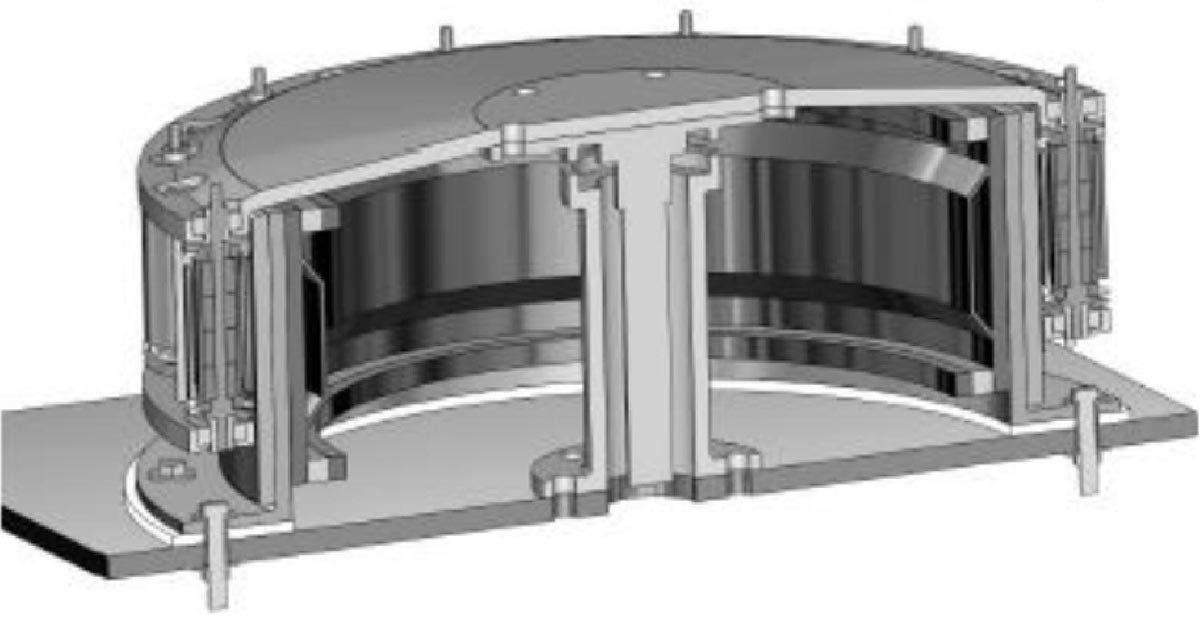
Okay — so it sounds like Orbitech constructed some of the components, then. Did they also participate in testing?
I did the design work, they did the engineering work and when neither of us was sure on a detail, we’d split the difference, and always beef things up a bit in terms of strength. You’ve got to remember, this device has something like a hundred Gs of acceleration on it.
For instance, during our fourth series of tests using a high-mu 80 core on the rollers, we found that most of them were bent, so we had to replace those cores with a less magnetic metal that could withstand twice the stress loading of the high mu 80 material. It was slightly less magnetic, but had the strength that we needed for the rotation effects.

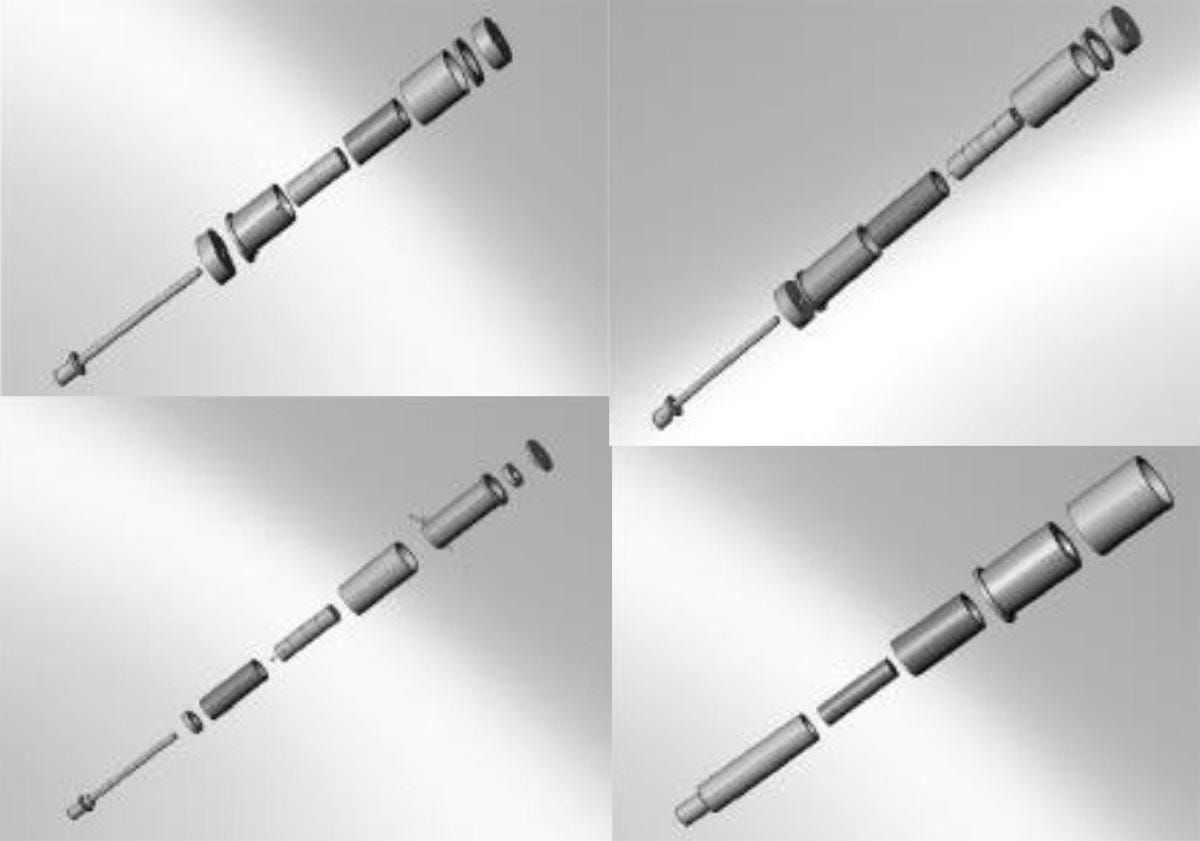
It sounds like the Poynting vector is one of the theoretical aspects that came out of this, and it sounds like that might be the direction that you’re going in next?
Well, we did come up with a conservation law as a result of these experiments, and we think that it may be able to identify specific relationships between electrical & magnetic sources required to alter gravity. As for what’s next, there are a lot of experiments out there competing for funding, but we’d love to do another one of these warp drive type of ideas if we find one that we think has the potential to produce results.
About The Author
Paul Murad has over 25 years of public service as a senior technology analyst for the Department of Defense looking at foreign advanced and game-changing technology as well as defining future U.S. satellite systems for the next twenty years.
Stillness in the Storm Editor: Why did we post this?
The news is important to all people because it is where we come to know new things about the world, which leads to the development of more life goals that lead to life wisdom. The news also serves as a social connection tool, as we tend to relate to those who know about and believe the things we do. With the power of an open truth-seeking mind in hand, the individual can grow wise and the collective can prosper.
– Justin
Not sure how to make sense of this? Want to learn how to discern like a pro? Read this essential guide to discernment, analysis of claims, and understanding the truth in a world of deception: 4 Key Steps of Discernment – Advanced Truth-Seeking Tools.
Stillness in the Storm Editor’s note: Did you find a spelling error or grammatical mistake? Send an email to [email protected], with the error and suggested correction, along with the headline and url. Do you think this article needs an update? Or do you just have some feedback? Send us an email at [email protected]. Thank you for reading.
Source:


[…] HIDDEN TECH: Searl Effect Generator Replication Measures 7% Reduction In Weight […]